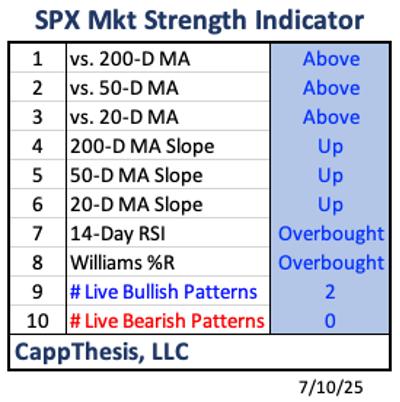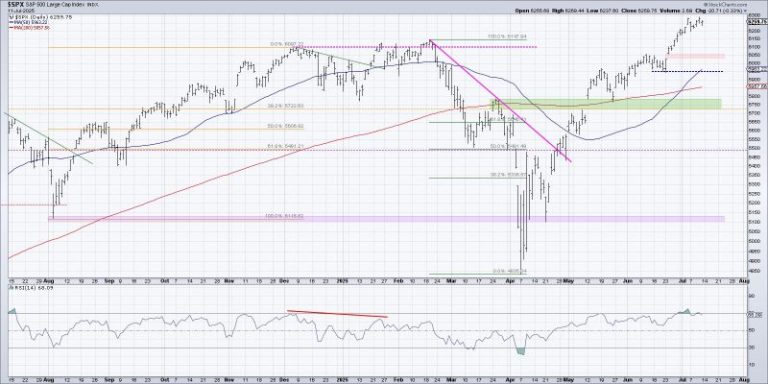FBI Director Kash Patel on Saturday squashed rumors of a rift inside the Trump administration’s law-and-order team, just hours before the president himself defended Attorney General Pam Bondi amid Jeffrey Epstein probe backlash.
The criticism came after the FBI and Department of Justice on Sunday released a memo shutting down theories about an alleged Epstein client list, finding a tell-all document exposing his associates did not exist. Fueling the fire was a one-minute gap in a surveillance video from Epstein’s cell, which was part of the evidence the DOJ released. The review found the disgraced financier died by suicide in jail in 2019.
Fox News reported Friday that Patel’s No. 2, Deputy Director Dan Bongino, was considering resigning if Bondi stayed on as head of the Department of Justice, which oversees the FBI. There were unconfirmed reports that Patel might step down as well, but he shot that down with a social media post Saturday, saying ‘conspiracy theories’ about a potential resignation over Bondi’s handling of the Jeffrey Epstein files ‘just aren’t true.’
‘The conspiracy theories just aren’t true, never have been,’ Patel wrote. ‘It’s an honor to serve the President of the United States @realDonaldTrump — and I’ll continue to do so for as long as he calls on me.’
Hours after Patel’s post, President Donald Trump took to Truth Social to express unhappiness with his follower’s reaction.
Trump supporters posted videos to social media Saturday afternoon charring MAGA hats in protest.
‘What’s going on with my ‘boys’ and, in some cases, ‘gals?’ They’re all going after Attorney General Pam Bondi, who is doing a FANTASTIC JOB,’ Trump wrote. ‘We’re on one Team, MAGA, and I don’t like what’s happening.’
He went on to describe Epstein as a ‘guy who never dies’ and shifted blame to former President Barack Obama, former Secretary of State Hillary Clinton, former FBI Director James Comey, former CIA director John Brennan, and the Biden administration.
‘They created the Epstein Files, just like they created the FAKE Hillary Clinton/Christopher Steele Dossier that they used on me, and now my so-called ‘friends’ are playing right into their hands,’ Trump wrote. ‘Why didn’t these Radical Left Lunatics release the Epstein Files? If there was ANYTHING in there that could have hurt the MAGA Movement, why didn’t they use it?’
The president claimed that one year ago, the country was ‘DEAD,’ but is now ‘the ‘HOTTEST’ Country anywhere in the World.
‘Let’s keep it that way, and not waste Time and Energy on Jeffrey Epstein, somebody that nobody cares about,’ Trump wrote.
Rumors about a change in leadership were triggered by Patel’s apparent X biography change, where his title as FBI Director was removed to only read, ‘Fmr Chief of Staff @DeptofDefense.’
Multiple sources told Fox News Digital Bongino and Bondi butted heads at a White House meeting Wednesday, with Bongino accusing Bondi of a ‘lack of transparency from the start’ in the Epstein files probe.
The former Secret Service agent-turned FBI official allegedly raised his voice at Trump’s White House chief of staff before storming out, and has since been weighing resignation over the episode, insiders said.
Bondi and Patel, however, have presented a united front. Sources close to Bondi claim she has ‘no intention of stepping down’ and the pair are in constant communication.
‘Any attempt to sow division within this team is baseless and distracts from the real progress being made,’ White House Deputy Press Secretary Harrison Fields told Fox News Digital, emphasizing that Trump’s law-and-order lineup is working ‘seamlessly and with unity.’
‘President Trump has assembled a highly qualified and experienced law and order team dedicated to protecting Americans, holding criminals accountable, and delivering justice to victims,’ Fields added. ‘This work is being carried out seamlessly and with unity. Any attempt to sow division within this team is baseless and distracts from the real progress being made in restoring public safety and pursuing justice for all.’
The FBI did not immediately respond to Fox News Digital’s request for comment.
Fox News’ David Spunt, Amanda Macias, Jake Gibson, Ashley Oliver and Brie Stimson contributed to this report.










